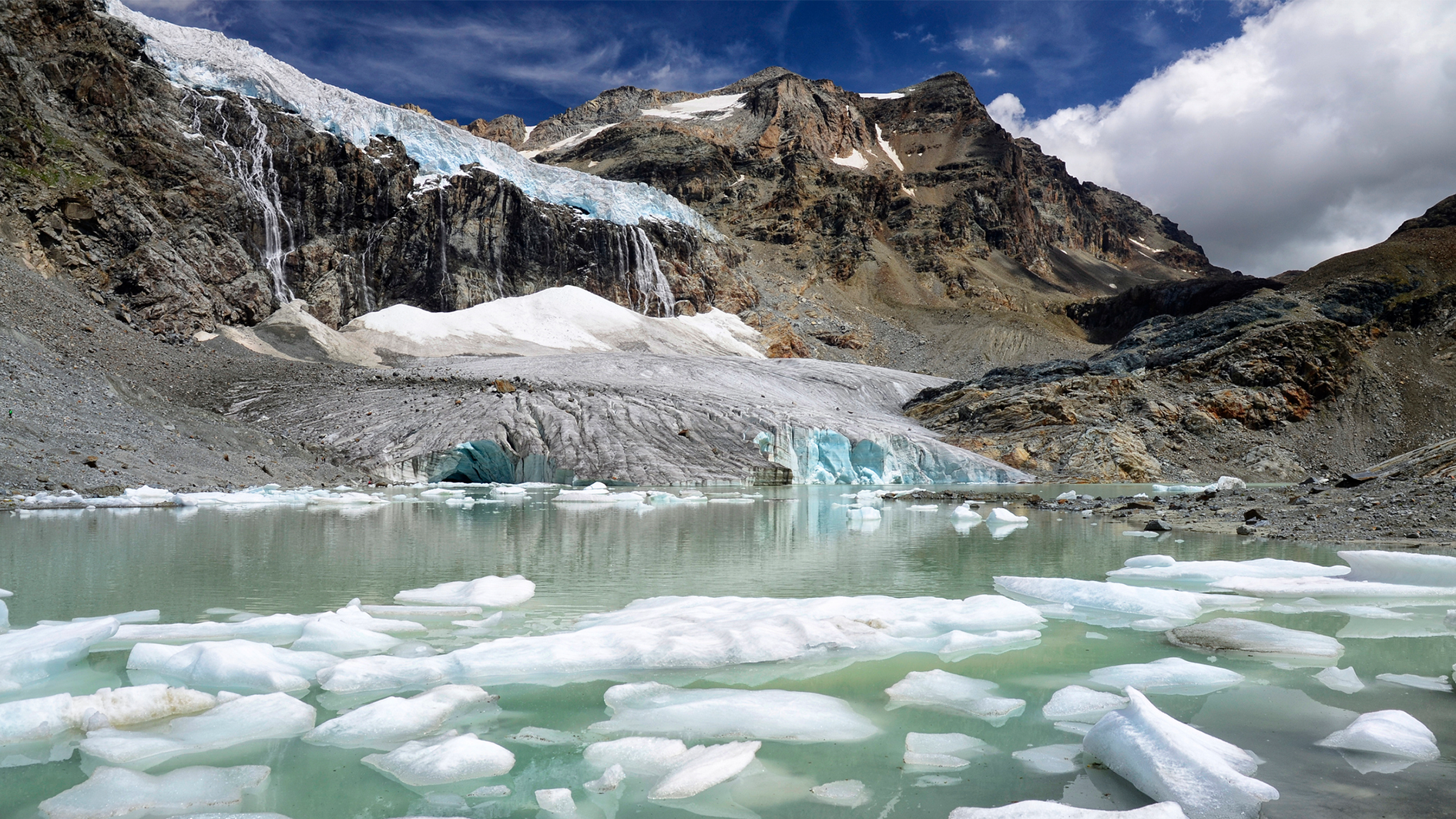
The line on the map that separates Switzerland and Italy has been re-drawn after the melting of glaciers caused major changes to natural borders. Much of the Swiss-Italian border is decided by glacial lines, which have shifted dramatically due to climate change.
“Significant areas of the border are defined by the watershed or the ridgelines of glaciers, firn or perpetual snow,” said Swiss officials in a statement cited by Bloomberg. “These formations are changing due to the melting of ice.”
In the past two years alone, Swiss glaciers have lost 10% of their volume due to climate change, as much as melted in the 30 years between 1960 and 1990.
In fact, they're shrinking so rapidly that some of the Alps' glaciers have already disappeared. In 2023, researchers stopped monitoring Switzerland's St Annafirn glacier because there simply wasn't enough ice left to measure.

“If there is no climate mitigation, we are going to lose all the glaciers in the Alps by 2100,” warned Matthias Huss, head of the Swiss Glacier Monitoring Network in a statement to the BBC. “Glaciers are very important for communicating climate change because they are so visible,” he explained. “Every time I come back to these sites that I have monitored for many years, it’s different…the ice is smaller, thinner, more grey. It’s very sad.”
On September 27, Swiss officials confirmed the redefined borders that were originally agreed by a joint Swiss-Italian commission in May 2023, explaining that they’d been drawn up with the economic interests of both nations in mind.
As part of the new border, areas beneath the famed Matterhorn mountain will change hands after plans are granted final approval from Italy. Once approved, the new borders will provide clarity as to which nations are responsible for the upkeep of specific areas.







